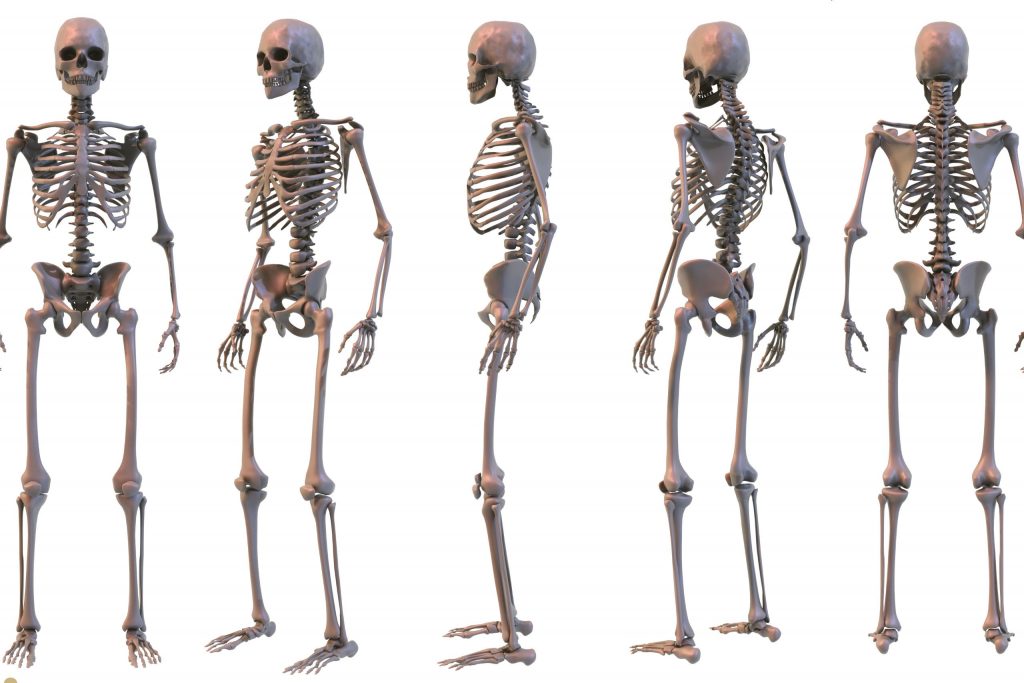
What is the Human Skeleton? Easy Facts for Kids
What is the Human Skeleton?
The human skeleton is like the strong frame of a house — it holds us up, gives our bodies shape, and keeps everything in place. Without it, we’d be a floppy mess of muscles and skin! In this article, we’ll explore what the human skeleton is, how it works, and why it’s so important — all in a fun and easy way that kids can enjoy.
Why Do We Need a Skeleton?
The skeleton does much more than just hold us up. Here’s what it helps with:
- Support: It gives the body structure and shape.
- Protection: Shields important organs like the brain, heart, and lungs.
- Movement: Bones and muscles team up to help us walk, run, jump, and play.
- Production: Bone marrow makes blood cells.
- Storage: Stores minerals like calcium and phosphorus.
Without a skeleton, even the simplest movements would be impossible!
How Many Bones Are in the Human Body?
- At birth, humans have around 270 bones.
- As we grow, some bones fuse.
- By adulthood, the total is 206 bones.
Here’s a fun fact: The smallest bone is the stapes, found in the ear, and it’s just 3mm long. What is the Water Cycle?
Types of Bones in the Skeleton
Bones come in different shapes and sizes. Here’s a simple breakdown:
| Type of Bone | Example | Function |
| Long Bones | Femur (thigh bone) | Support and movement |
| Short Bones | Wrist bones | Flexible movement |
| Flat Bones | Skull, ribs | Protect organs |
| Irregular Bones | Vertebrae | Special shapes for unique roles |
| Sesamoid Bones | Patella (knee cap) | Protect tendons |
The Axial and Appendicular Skeleton
The skeleton is divided into two main parts:
- Axial Skeleton: Skull, spine, and rib cage. It supports the centre of the body.
- Appendicular Skeleton: Arms, legs, hips, and shoulders. These help with movement. Learn about the Science Behind Renewable Energy
Skull: The Head’s Protector
The skull protects the brain, supports the face, and helps us eat and talk.
- Made up of 22 bones
- Includes the cranium (brain case) and facial bones
The Spine: Your Body’s Backbone
The spine has 33 small bones called vertebrae.
- Divided into 5 regions: cervical, thoracic, lumbar, sacral, and coccyx.
- Protects the spinal cord and supports the body.
Rib Cage: Shielding the Heart and Lungs
The rib cage includes:
- 12 pairs of ribs
- Sternum (breastbone)
- Protects vital organs like the heart and lungs
The Limbs: Arms and Legs in Action
Here are the major bones:
- Arms: Humerus, radius, ulna
- Legs: Femur, tibia, fibula
These bones help us lift, run, jump, and throw.
Hands and Feet: Lots of Tiny Bones!
- Hands have 27 bones each
- Feet have 26 bones each
That’s over 100 bones in hands and feet alone!

What Are Joints and How Do They Work?
Joints are where two bones meet. They help you move and bend.
Types of joints:
- Hinge joints (knees, elbows)
- Ball and socket joints (shoulders, hips)
- Pivot joints (neck)
- Gliding joints (wrists, ankles)
Muscles and Bones: Working Together
Muscles are attached to bones by tendons. When muscles contract, they pull on the bones to create movement.
- Biceps help bend the arm.
- Quadriceps help kick a ball.
Bone Marrow: The Hidden Hero
Inside many bones is bone marrow — soft tissue that:
- Produces red and white blood cells
- Stores fat
- Helps keep the immune system strong
How Do Bones Stay Healthy?
Healthy bones need:
- Calcium (milk, cheese, leafy greens)
- Vitamin D (sunshine!)
- Exercise (running, jumping)
- Sleep (bones grow during rest)
Don’t forget: Bones grow fastest when you’re young, so take care of them!
Conclusion
The human skeleton is a truly incredible part of our bodies. From keeping us upright to helping us move, it plays a role in everything we do. With 206 bones, there’s always something new to discover — and with the right care, your bones can keep you healthy and strong for life. Enrol now for affordable Online Tutoring UK
FAQs About the Human Skeleton
1. Do bones break easily?
Not usually. Healthy bones are strong, but they can break if there’s too much pressure or a fall.
2. How long does it take for a bone to heal?
Most bones heal in 6-8 weeks, but it depends on the bone and the injury.
3. Can you live without a bone?
Some small bones can be removed, but you need most of your bones to live and move properly.
4. What’s the biggest bone?
The femur (thigh bone) is the largest and strongest bone in your body.
5. Why do bones click or crack?
That sound can come from gas bubbles, tendons moving, or even tiny joint movements — it’s usually harmless.
6. What do bones do besides holding us up?
They make blood, store minerals, and protect organs — they’re super important!
